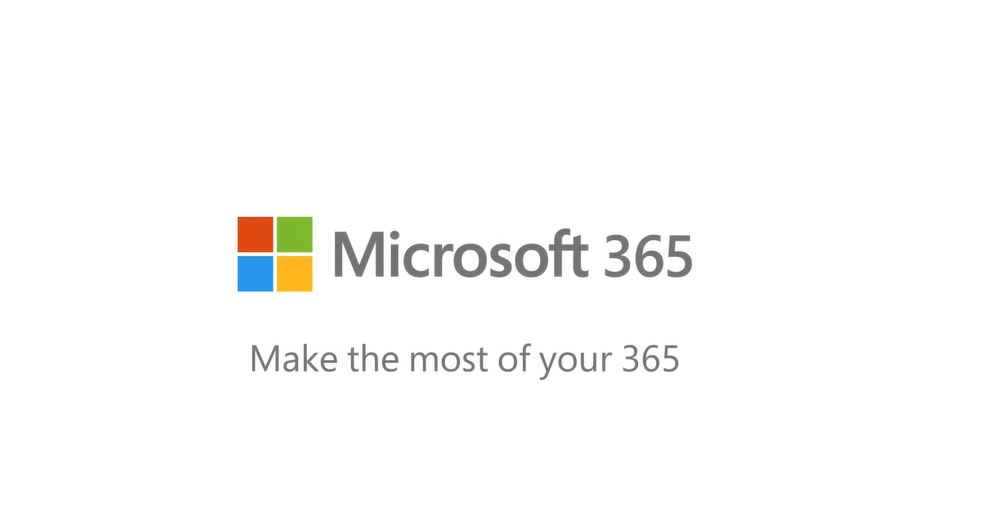IT support is essential to all businesses, ensuring the smooth running of all digital business functions.
When it comes to IT support, businesses have the option to choose between on-site services and remote support. Determining which option is best depends on factors such as the nature of the IT infrastructure, the urgency of support needed and the specific requirements of the organisation.
While both have pros and cons, remote IT support is one of the best ways to reduce operational costs.
In the article below, we’ll look further into on-site vs. off-site IT support and how to choose the best option for your organisation.
What is onsite and remote IT support?
Remote IT support refers to the provision of technical assistance and troubleshooting for IT issues without the need for technicians to be physically present. Through remote access tools, IT professionals like Cheeky Munkey can securely connect to a user’s computer or network and diagnose and resolve problems remotely.
This type of support enables technicians to perform tasks such as software installations, system updates, virus scans and configuration adjustments from anywhere in the world.
On the other hand, on-site IT support involves having technicians physically present at the location where technical assistance is required.
On-site technicians provide hands-on support by diagnosing and resolving IT issues, performing hardware installations and upgrades, configuring network infrastructure and conducting IT maintenance tasks.
On-site IT support offers immediate response to emergencies and the ability to work closely with complex systems that may require physical access or specialised expertise.
Benefits of remote IT support
Remote IT support offers numerous benefits to businesses, enabling efficient and effective management of their IT infrastructure without the need for a costly in-house IT department.
This popular type of support provides convenience by allowing technicians to address issues remotely, eliminating the need for on-site visits and reducing downtime. This remote accessibility ensures quick response times as technicians can connect to systems and troubleshoot problems without any delay. Specialists are available to work around the clock and offer their support at no extra cost.
Outsourcing IT support is also incredibly cost-effective, as it eliminates travel expenses and reduces the need for hiring and paying dedicated on-site IT staff each month.
Moreover, remote IT support leverages advanced technology tools to diagnose and resolve issues efficiently, improving productivity and minimising disruptions. It also enhances IT security, as remote access can be securely managed and monitored.
Finally, remote support offers flexibility by assisting regardless of geographic location, making it an ideal solution for organisations with distributed teams or global operations.
Challenges of remote IT support
While remote IT support proves to be the most popular option for many businesses, it does, however, have its limitations.
One challenge of remote support is that it cannot address hardware failure. While your chosen IT provider can address and identify the issue with all the resources they have, they cannot solve a hardware issue remotely, meaning someone must be there to do it on-site.
Fortunately, this is rarely the case, and most issues can be resolved quickly and efficiently via remote support.
Benefits of on-site IT support
Equally, on-site IT support is advantageous to many businesses, particularly those that are much larger and have considerable financial resourcing.
But most notably, on-site IT support provides immediate assistance by having technicians physically present at the location, allowing for quick response times and minimising downtime.
On-site IT support also allows for personalised interaction and hands-on problem-solving, ensuring effective communication and understanding of the specific IT needs of the organisation. In fact, it fosters a sense of trust and confidence among users, as they have direct access to IT professionals who can address their concerns in person.
Businesses can also choose what services they need assistance with. Whether it’s help with setting up a new office or with recurring tasks, on-site support allows for great flexibility at no extra cost.
Finally, on-site support is particularly beneficial for complex systems that require physical access or specialised expertise. Should your business encounter any major hardware failure, your on-site team should be able to handle this matter immediately.
Challenges of on-site IT support
Despite its benefits, on-site support does not always work for every business, and many IT issues can be resolved much more efficiently by a remote team.
If your IT staff is handling complex IT matters, they will require a full workshop. This must include servers and infrastructure used for testing and development, backup hardware, tools and office space to hold it all. Of course, this is a huge financial investment and may not always be required.
Likewise, you will also have to add your IT team to the payroll and are required to pay them extra for overtime or for fixing an IT issue out of hours. These costs, in fact, can be much more expensive than outsourcing it to a remote provider.
While no one solution fits every business, it’s evident that a remote IT workforce is beneficial to most businesses. Cheeky Munkey has over 20 years of experience in both remote and on-site IT support, offering professional IT services for a huge range of technical issues. Whatever your business needs, contact us and we will be able to advise you.


 Previous
Previous








